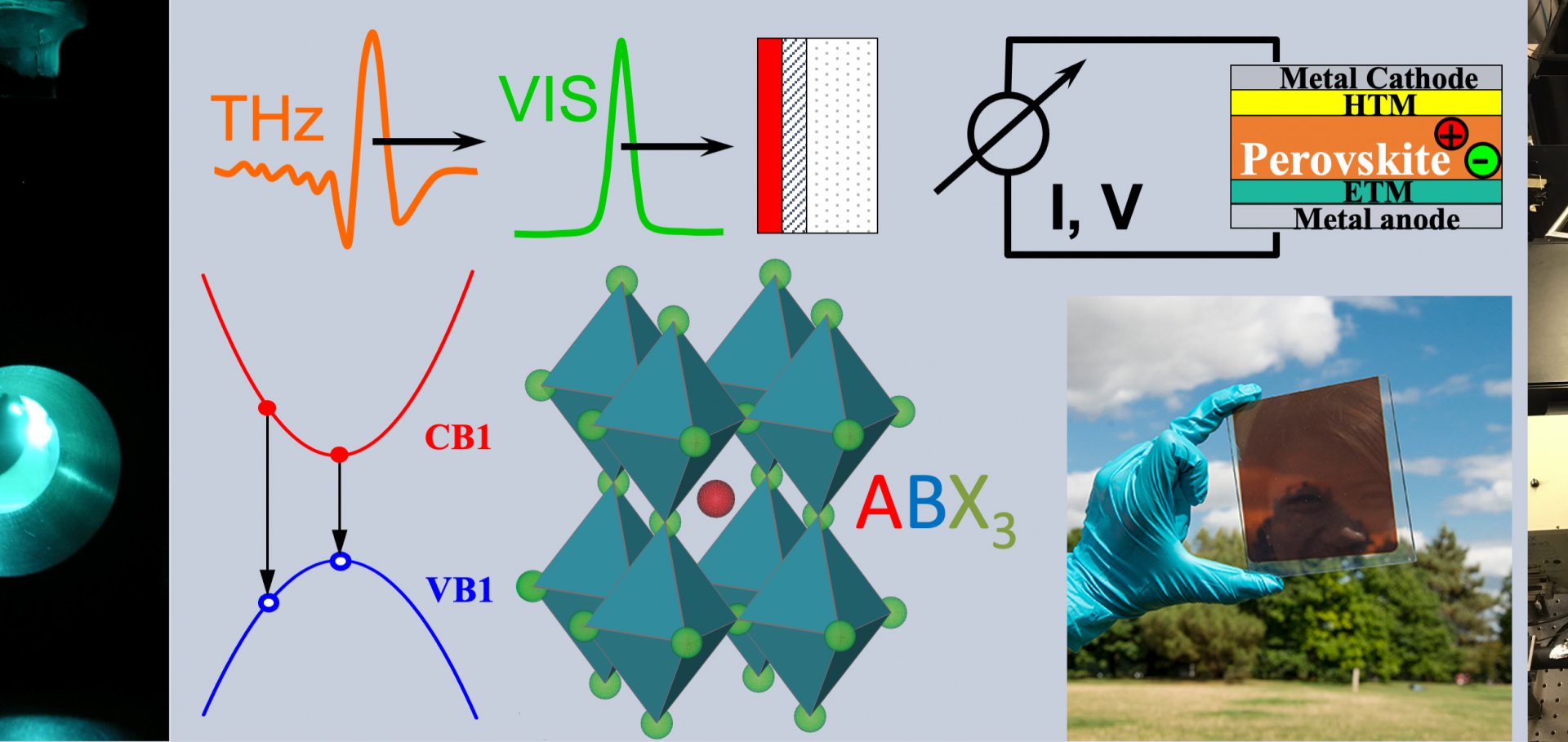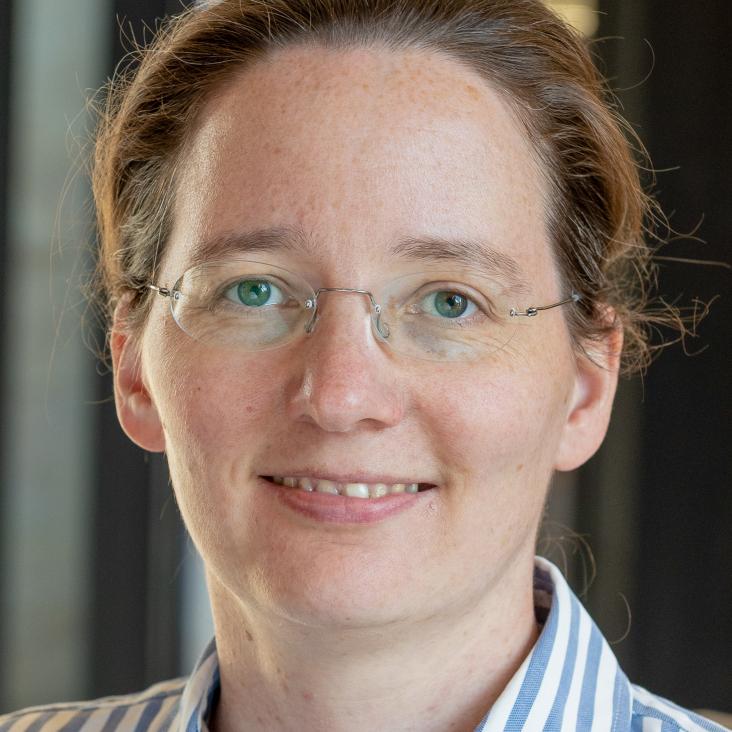Room-temperature epitaxy of α-CH3NH3PbI3 halide perovskite by pulsed laser deposition
Spatiotemporal spectroscopy of fast excited-state diffusion in 2D covalent organic framework thin films
Abstract:
Covalent organic frameworks (COFs), crystalline and porous conjugated structures, are of great interest for sustainable energy applications. Organic building blocks in COFs with suitable electronic properties can feature strong optical absorption, whereas the extended crystalline network can establish a band structure enabling long-range coherent transport. This peculiar combination of both molecular and solid-state materials properties makes COFs an interesting platform to study and ultimately utilize photoexcited charge carrier diffusion. Herein, we investigated the charge carrier diffusion in a two-dimensional COF thin film generated through condensation of the building blocks benzodithiophene-dialdehyde (BDT) and N,N,N′,N′-tetra(4-aminophenyl)benzene-1,4-diamine (W). We visualized the spatiotemporal evolution of photogenerated excited states in the 2D WBDT COF thin film using remote-detected time-resolved PL measurements (RDTR PL). Combined with optical pump terahertz probe (OPTP) studies, we identified two diffusive species dominating the process at different time scales. Initially, short-lived free charge carriers diffuse almost temperature-independently before relaxing into bound states at a rate of 0.7 ps–1. Supported by theoretical simulations, these long-lived bound states were identified as excitons. We directly accessed the lateral exciton diffusion within the oriented and crystalline film, revealing remarkably high diffusion coefficients of up to 4 cm2 s–1 (200 K) and diffusion lengths of several hundreds of nanometers and across grain boundaries. Temperature-dependent exciton transport analysis showed contributions from both incoherent hopping and coherent band-like transport. In the transport model developed based on these findings, we discuss the complex impact of order and disorder on charge carrier diffusion within the WBDT COF thin film.


